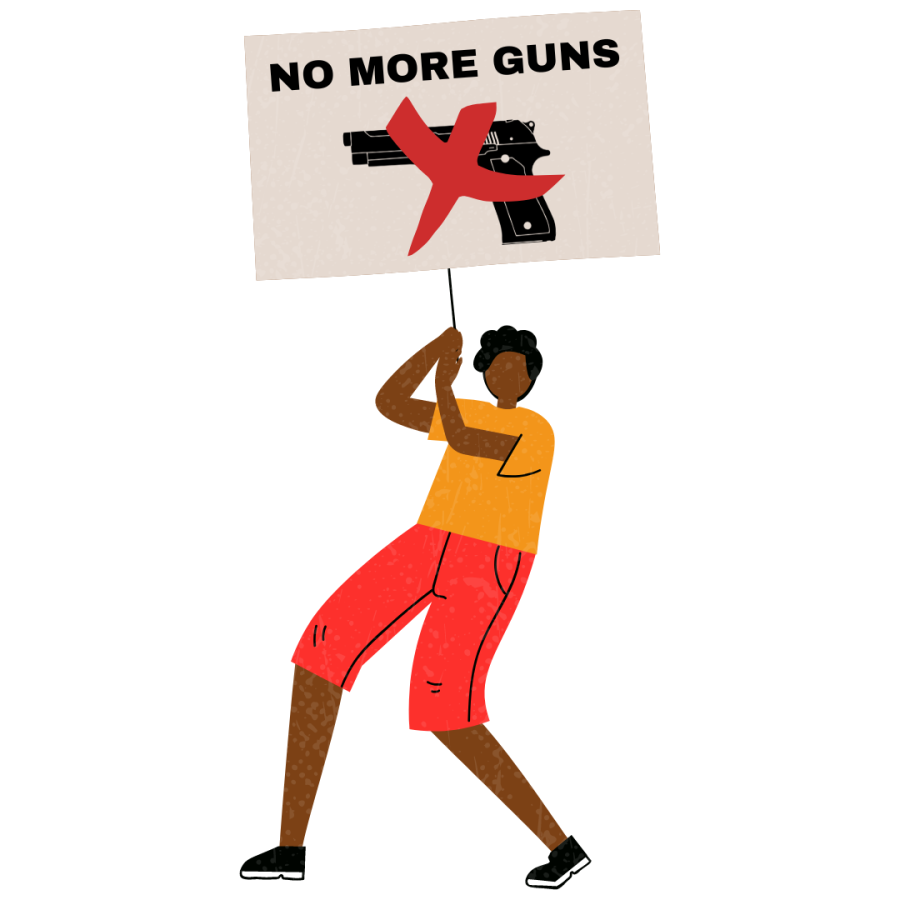Five years since Parkland: What’s changed?
February 14, 2023
It’s been five years since one of the deadliest school shootings in American history. The Parkland school shooting that occurred in surburban Florida on February 14, 2018 left 17 students dead, and a nation divided.
Since the Columbine school shooting in April 1999, gun control has been a polarizing topic in America. One of America’s founding principles is the right to bear arms, and the Second Amendment protects U.S. citizens’ right to have and purchase guns.
Many students from the Parkland shooting have since spoken out, demanding more gun control. David Hogg was a survivor of the Parkland shooting and co-founded ‘March For Our Lives’ shortly after.
In an interview with Oprah Winfrey after the Uvalde Elementary School shooting, Hogg expressed his disdain for the lack of congressional action.
“I’m asking for just one thing to stop one more shooting because right now, Congress has done one thing since the shooting in Uvalde, Texas: They’ve gone on recess. That’s it,” Hogg remarked.
As gun violence rises in America, the divide between pro-gun and anti-gun believers has gotten worse.
Because gun control is such a hot topic, it is difficult for legislative action to be passed. It took almost 30 years for gun reform to be passed by the federal government.
The last federal law that was passed related to gun control banned the production of civilian assault rifles in 1994; however it expired just a decade later.
It wasn’t until June 2022 that a gun safety law was set in motion. This law introduces stricter background checks and red flag laws which can be used to take guns from people deemed a high threat.
However, according to the BBC, there are already over 390 million firearms in the U.S. This means that, currently, more firearms exist in the country than people. With guns already so widely available and accessible, many are left wondering is this reform will enact any real change.
According to a study published in The Lancet, a peer-reviewed medical journal, gun reforms such as background checks and firearm identification can, in fact, help lower the mortality rate drastically. By introducing universal background checks for firearm purchases, the mortality rate has the potential to drop from about ten people to five people per 100,000.
But even as reforms pass, will kids ever really feel safe at school?
Carly Wambold, a sophomore at Neshaminy High School, expressed her worry on the matter.
“There’s always that thought in the back of my head – what if our school became unsafe?” Wambold said.


